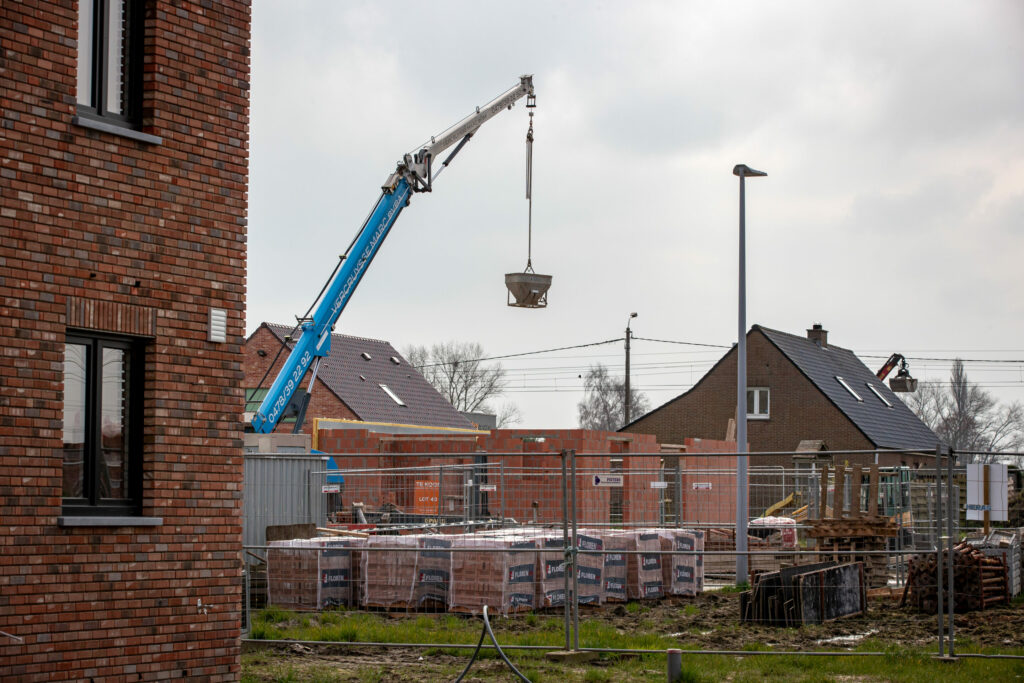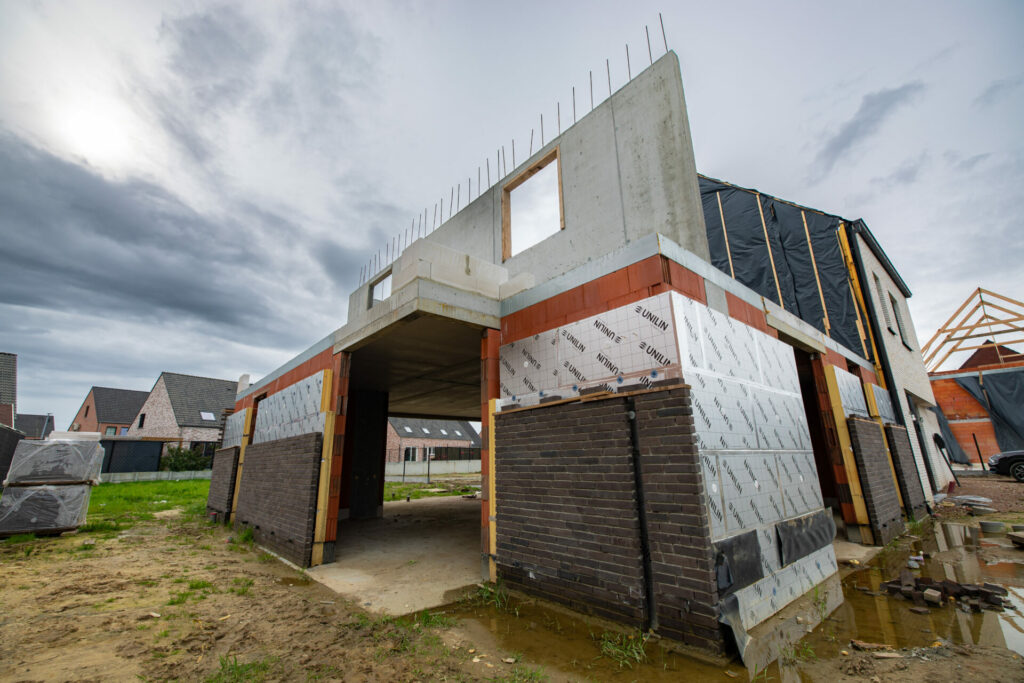2024 was marked by uncertainty and upheaval, with tensions rising around Europe and new challenges emerging within the Union. At the heart of this, Belgium has been rocked by elections that left the country without a government to act on policy decisions.
2025 will be a pivotal year for Europe as it seeks stability and security in a changing global order. The Brussels Times has asked industry experts what developments they foresee and how life in Belgium will be affected.
Niko Demeester is CEO of Embuild, the Belgian Construction Association. Embuild has some 16,000 construction and installation companies as members.
What is the biggest challenge for 2025?
We'll need to build and renovate a lot more. Housing was the hardest-hit segment of the construction industry in 2024 and saw a sharp drop in activity (-7.3%). This followed two years that already were very bad.
2025 does not look much better for this segment (-3.3% is forecast), which is particularly worrying. We need to build more housing, because the number of single people and single-parent families is rising, and a growing number of elderly people are staying at home. Over the next five years, 375,000 new homes will have to be built if Belgium is to avoid a widespread housing crisis like that seen in the Netherlands.
The housing renovation segment has also been in a bad way for two years. In 2022, the growth rate had risen to 2.5%. Since then this has fallen sharply in 2023 (+1%) and 2024 (+0.5%). It will remain largely insufficient in 2025 (+1.3%).
To achieve climate neutrality by 2050, renovation work will have to accelerate in the coming years. In Flanders, it will have to be three times faster and in Brussels and Wallonia, four times faster. In concrete terms, in Belgium, 471 homes would need to be renovated every day, compared with 144 today.
What is the outlook in your sector?
The construction and installation sector remains sluggish. Overall in 2024, the sector contracted by 0.4%. According to Embuild's outlook, activity will fall by a further 0.3% in 2025.
This is the fourth consecutive year that our sector will be in difficulty. It's already been four years since we recorded any growth. Housing construction in particular is going through a serious crisis. Our sector is in worse shape than the Belgian economy as a whole.
What does Belgium most need to improve?
To meet the need for housing and infrastructure, we are calling on the next Federal Government to work on two fronts: construction and renovation.
Renovation must be encouraged by an attractive tax policy – it is essential that the VAT rate on renovation projects remains at 6% and that the VAT rate on sales projects involving the construction of new homes remains at 6%. VAT on demolition and reconstruction must be reduced to 6%.
To ensure the competitiveness and longevity of our infrastructures we also need to boost public investment, which stood at 2.9% last year. This needs to go up to 4% by 2029, the end of this legislature. At the federal level, the €3 billion investment committed in 2022 should rise to €5 billion by 2029.
Even in the current difficult budgetary climate, this increase is feasible. Other European countries are investing proportionately more in their infrastructure.

A construction site in Flanders. Credit: Belga
Will things get better or worse?
The next two years will continue to present major challenges in the areas of both construction and installation. But in the longer term the outlook is getting more positive. As stated, we will have to build and renovate a lot, but this being the case, the prospects between now and 2050 are encouraging overall.
How will this impact households?
It still remains attractive for households to build or renovate, although we won't see conditions return to that seen before 2022, when borrowing money was almost free, with extremely low interest rates.
Interest rates have already fallen from 3.5% to around 3% in 2024. But there's no point in households waiting for interest rates to fall any more – 3% is already very low. At the same time, household incomes continue to rise, providing the necessary security for mortgages.
What's more, property prices are not rising as quickly as they used to. In a slowing real estate market, it is once more possible to buy houses or building plots at a reasonable price. The days of soaring prices for building materials are also behind us. In other words, the stars are aligning for investment in building and renovation.
What are the biggest opportunities/developments to watch for?
There are 3 major trends in our sector:
- Digitisation: BIM (Building Information Modelling – a process that uses an intelligent three-dimensional digital model that the various parties involved in building can refer to); drones; 3D printing; VR and AI are becoming increasingly common in construction and installation. This enables us to work more efficiently and safely.
- Industrialisation of construction: more and more houses are built off-site, in factories or workshops, and then put together on site. This allows time to be saved and creates well-constructed housing that is affordable.
- Alternative forms of housing: tiny houses, co-housing projects and modular constructions will all become more important in the years to come.

